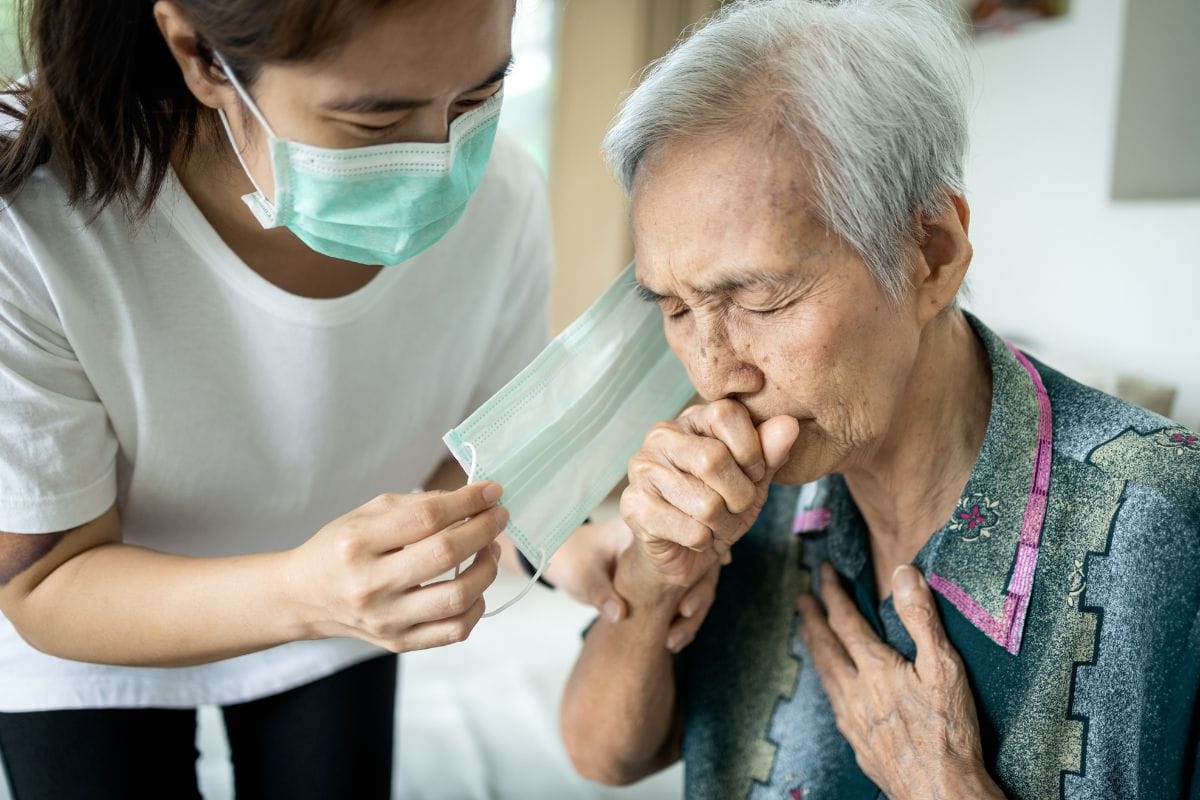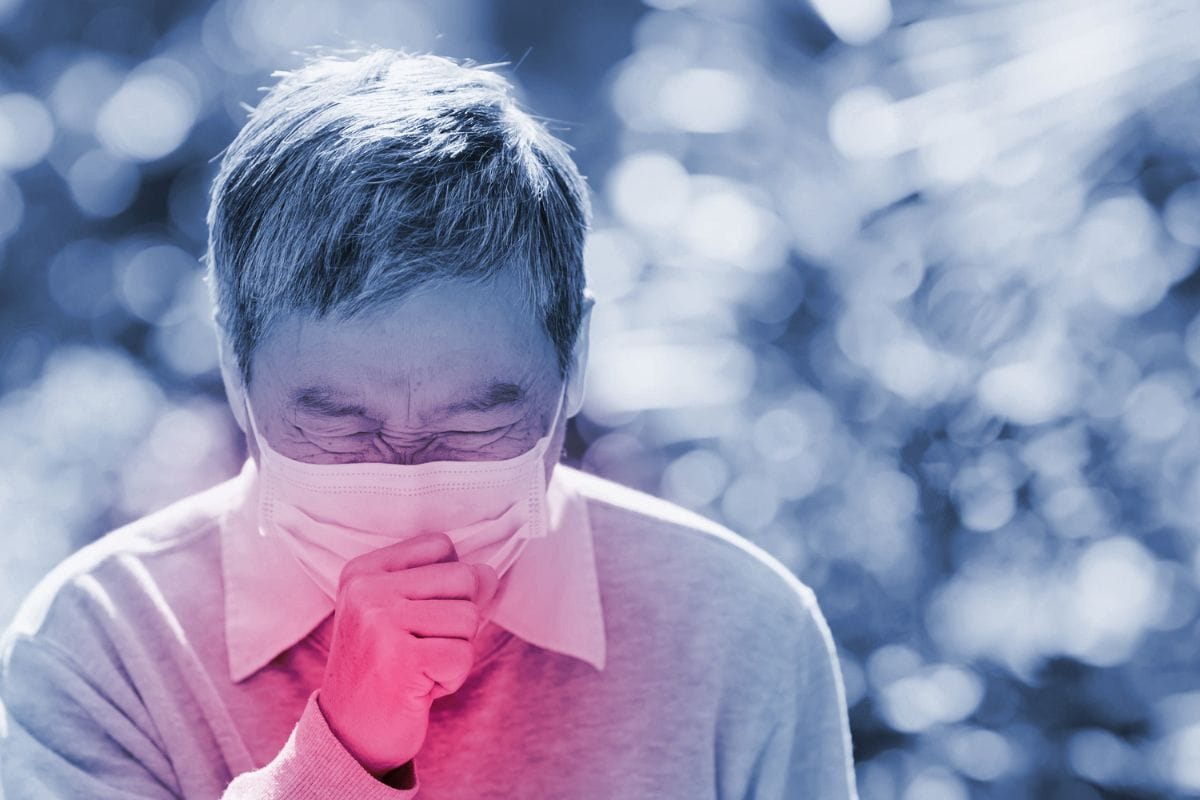Pneumonia in China: Identifying the Red Flags for Early Intervention
Pneumonia, a severe lung infection, fills alveoli with fluid or pus, hindering oxygen intake and carbon dioxide expulsion, threatening life.

Pneumonia is a potentially life-threatening infection that inflames the air sacs in one or both lungs. These air sacs, also known as alveoli, are responsible for gas exchange, allowing oxygen to enter the bloodstream and carbon dioxide to be expelled. When pneumonia strikes, these air sacs become filled with fluid or pus, making it difficult for oxygen to reach the bloodstream and for carbon dioxide to escape.
Pneumonia can be caused by a variety of factors, including bacteria, viruses, and fungi. It can also be a complication of other illnesses, such as influenza or the common cold. Symptoms of pneumonia can vary depending on the cause and the severity of the infection. However, some common symptoms include:
- Cough that produces mucus or pus
- Fever
- Shortness of breath
- Chest pain
- Fatigue
- Muscle aches
- Headache
- Chills
- Nausea and vomiting

In China, pneumonia is a significant cause of morbidity and mortality, particularly among infants and older adults. The World Health Organization (WHO) estimates that pneumonia is responsible for nearly 1 million deaths in China each year, making it the second leading cause of infectious disease death in the country.
Red Flag Signs of Pneumonia
While pneumonia is a common respiratory infection, it can become serious, especially for individuals with weakened immune systems or underlying health conditions. Recognizing the red flag signs of pneumonia is crucial for seeking timely medical attention and preventing complications.

Here are five major red flags of pneumonia that warrant immediate medical attention:
- Chest pain during breathing or coughing: Pain in the chest, especially when it worsens with deep breathing or coughing, is a significant indicator of pneumonia. This pain arises from inflammation and irritation of the lungs and pleura, the lining surrounding the lungs.
- Feeling tired or weak: Excessive fatigue and weakness are common symptoms of pneumonia, particularly in older adults and individuals with compromised immune systems. The body's energy is diverted towards fighting the infection, leading to a general feeling of exhaustion.
- Nausea and/or vomiting: Nausea and vomiting, especially in children and infants, can be associated with pneumonia. The infection can trigger gastrointestinal symptoms due to inflammation and the release of inflammatory mediators.
- Diarrhea: Diarrhea, especially in children, can be a complication of pneumonia. The infection can disrupt the gut microbiome, leading to loose stools and abdominal discomfort.
- Shortness of breath: Shortness of breath, especially at rest or with minimal activity, is a serious symptom that warrants immediate medical attention. It indicates that pneumonia is affecting the lungs' ability to efficiently exchange oxygen and carbon dioxide.
Seeking Medical Attention
If you experience any of these red flag signs, it is crucial to seek medical attention promptly. Early diagnosis and treatment of pneumonia can significantly improve outcomes and prevent complications. Your doctor will likely perform a physical examination, listen to your lungs with a stethoscope, and order diagnostic tests, such as chest X-rays or blood tests, to confirm the diagnosis and assess the severity of the infection.
Preventive Measures

While pneumonia can be a serious illness, there are steps you can take to reduce your risk of developing it. These include:
- Getting vaccinated against influenza and pneumococcal pneumonia
- Practicing good hand hygiene
- Avoiding smoking and secondhand smoke
- Maintaining a healthy lifestyle, including a balanced diet and regular exercise
The Impact of COVID-19
The COVID-19 pandemic brought additional challenges in the fight against pneumonia in China. The virus causes a severe form of pneumonia in some patients, requiring special attention to preventive measures and treatment protocols. The healthcare system adapted by increasing awareness, enhancing disease surveillance, and integrating COVID-19 considerations into pneumonia care strategies.
As China continues to navigate its way through various health challenges, including pneumonia, the lessons learned can be valuable for global health management. By recognizing symptoms, addressing high-risk groups, and implementing effective prevention and treatment strategies, the fight against pneumonia can become more efficient and successful.




Comments ()